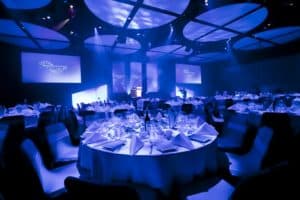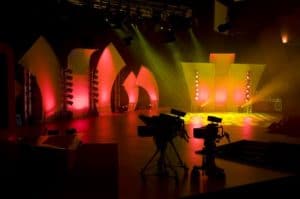Getting engaged is an exciting moment! It’s a time filled with joy, love and celebrations. But once the celebrations subside and the dust settles, it’s time to get into serious planning mode. So how can you plan your dream wedding and keep the process as stress-free as possible? The team at Novotel Twin Waters Resort share their tips.
Establish a timeline
The first and most important thing you’ll want to put in place is a timeline for planning your wedding. Your timeline will establish the different stages of planning. It will dictate when you organise different components of the day so that it doesn’t come to the month before the wedding and you still have a tonne of things to plan. Here’s a rough timeline that can help you get started with your wedding prep.
10 – 12 months to go
In the initial stages of planning, you’ll want to establish your budget, pick a date, develop your guest list and lock in your venue. Once you have a venue and guest list in place, send your save the dates.
6 – 8 months to go
Now’s the time to think of a theme for your wedding. Think of the decor, lighting, colours and floral arrangements that you want for the big day. Once you have decided on the style you would like for your wedding, find your vendors and communicate any necessary information they might need for the day. Find a caterer, book your photographer and select the right audiovisual team to create the perfect style for your wedding.
4 – 6 months to go
At the 4 month mark, you’ll want to have your transportation organised. Pick your celebrant and figure out arrangements with them. Book your music and entertainment, appoint an MC, start organising your invitations and choose your attire for the day.
2 – 4 months to go
Send your invitations, decide on the decorations you would like and prepare the logistics of your ceremony.
1 -2 months to go
Organise your marriage license, confirm your final guest count, prepare speeches and toasts. If it’s a sit down dinner, consider organising a seating plan. Don’t forget to try on your wedding garment to make sure it fits!
1 week to go
Finalise all your transport, guest list and seating plan. Confirm the speaking arrangements with your MC and celebrant and finalise arrangements with your vendors. You should have everything organised by this stage, so it’ll be a matter of finalising all your arrangements and making sure everything is ready for the day.
On the day
Put a friend, family member or wedding planner in charge of keeping the day running smoothly so that you and your partner can spend it enjoying yourselves.
Looking for a stunning location to hold your wedding, with all your planning and styling taken care of? Check out Novotel Twin Waters Weddings & Events.
If you’re looking for an audiovisual team that can create the perfect experience for your wedding day, contact AVPartners today.

